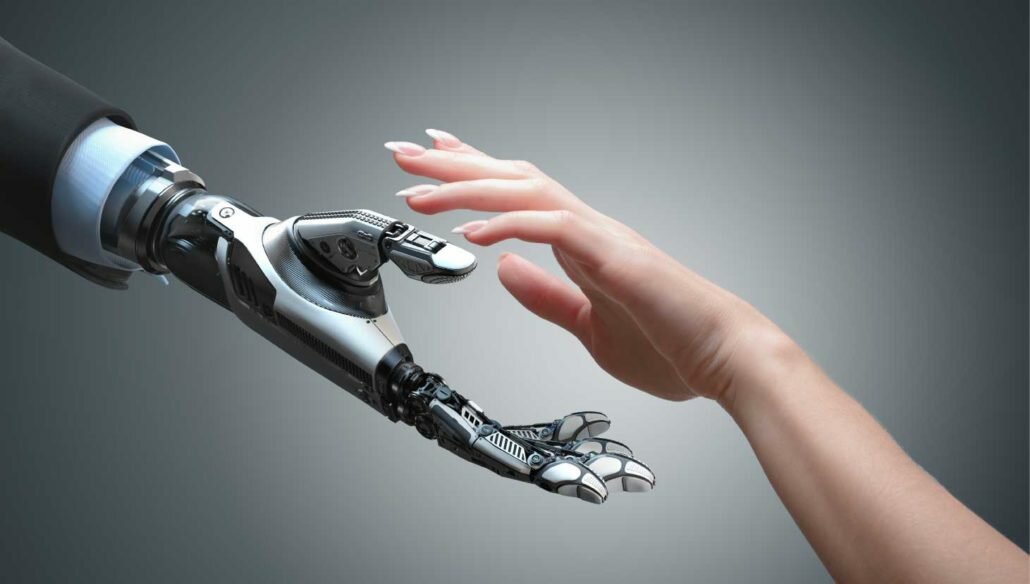In order to make educated decisions in this fast-moving field, all managers should have a basic understanding of AI. Here are ten key facts that will give you an edge.
1. AI is inductive. AI systems learn from the data and feedback that they receive in response to their earlier decisions. Their predictions and actions are only as good as the data they have been trained on. This characteristic makes AI systems very different from traditional deduction-based programming. A traditional programme processes data but does not learn from it.
2. AI algorithms are simple. Core learning algorithms range from a few to several hundred lines of code. Basic AI is easy to learn, which is one reason why recent progress has been so rapid. You do not need to be a computer scientist to develop an intuitive understanding of AI. The complexity comes in applying AI to real-world problems.
3. AI works at superhuman speed and scale. Electronic signals travel about a million times faster than chemical signals in the brain do, so AI can swallow lots of data and learn and act quickly. When microseconds matter, as they do in some electronic markets, AI can be the only realistic option for participants and regulators.
4. Language and vision are accessible to AI. Among the most important recent breakthroughs in AI are machines’ abilities to interact with humans, access human knowledge, and physically navigate the real world. Although these skills remain imperfect, they are already useful in many situations — and they continue to improve quickly.
5. AI overcomes traditional complexity barriers. AI can handle both linear problems (essentially generalisations of straight lines) and nonlinear problems (everything else). This twofold ability opens up a multitude of optimisation opportunities in fields such as logistics, production, and energy efficiency.
6. Submarines don’t swim. Although they rely on similar heuristics, such as trial and error, machines and humans solve tasks in different ways. The goal in business is to solve a problem, not to create robots that mimic the way humans would perform a particular job. Just as engineers do not design cars to move the way a horse does, autonomous driving should not emulate the actions of human drivers.
7. AI is hard to interrogate. In order to understand why a machine made a particular decision, you must design the system so that the machine’s decision-making process is traceable. You may also need to avoid leading-edge algorithms, such as those used in deep-learning applications. Such applications are increasingly capable of intuitive or creative answers whose origins are difficult to track.
8. Action is decentralised, but learning is centralised. AI architecture combines centralisation and decentralisation. For instance, self-driving cars drive autonomously, but they transmit their data to a central data centre. The system then uses aggregated data from each car in the fleet to foster central-system learning, and the cars receive periodic software updates based on such learning from the central system.
9. Business value comes from data and training. Many companies do not understand the importance of data and training to AI success. Frequently, better data is more crucial to building an intelligent system than better naked algorithms are, much as nurture often outweighs nature in human beings.
10. Human-machine interactions change. Efforts to optimise interactions between humans and machines have evolved well beyond training humans to use static computer programmes. Augmenting human performance with AI and vice versa — introducing a human into the loop of algorithmic problem solving — are increasingly common and complementary challenges.
This article is an excerpt from Putting Artificial Intelligence to Work.
AUTHORS: Philipp Gerbert, Martin Hecker, Sebastian Steinhäuser, and Patrick Ruwolt
SOURCE: http://www.leader.co.za
IMAGE CREDITS: https://futureoflife.org
 SA Business Index
SA Business Index



Comments
Your Turn To Talk